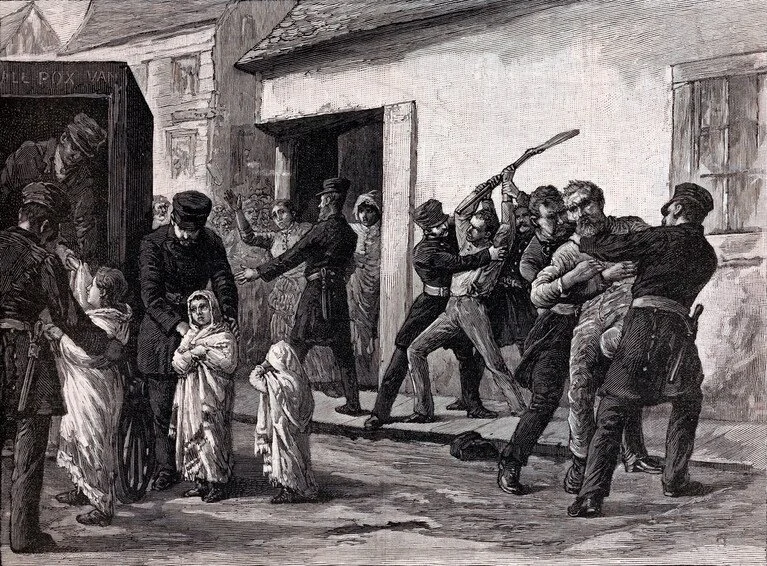Censorship in Canada Part 1
PART 1 - A Historical Perspective on Freedom of Expression
(SUBSTACK)
Censorship in Canada has a long and intricate history, shaped by colonial powers, religious institutions, and various historical events. From the early colonial era to the World Wars, censorship has been used to control information, suppress dissent, and protect national interests. This essay explores the evolution of censorship in Canada, starting from the influence of European powers during the colonial era through the banning of certain works in the mid-20th century.
Early Colonial Canada
During the early colonial era, Canada was under the influence of European powers, particularly the British Crown and the Catholic Church. Both authorities sought to control written materials to ensure they aligned with their values and ideologies. This control over information limited the dissemination of ideas that were considered contrary to the interests of the ruling powers. A theme of censorship.
The Quebec Act of 1774 granted religious freedoms to Roman Catholics in the Province of Quebec. While not directly related to censorship, this act was met with resistance in the Thirteen Colonies (now the United States) due to fears that it could set a precedent for curtailing their liberties, including freedom of the press.
In 1819, the Law Officers of the Crown issued an opinion that colonial governors had the authority to seize and suppress publications deemed seditious or harmful to the government. This opinion laid the groundwork for formalizing censorship practices in Canada, providing the government with the legal means to control the dissemination of information.
The Act Against Seditious Meetings, passed in Lower Canada (now Quebec) in 1835, aimed to suppress political dissent, especially during the Rebellions of 1837. This act allowed authorities to censor public meetings and publications considered seditious, further restricting the freedom of expression.
The Libel Act of 1843, introduced in the Province of Canada, addressed issues related to defamation and libel. While it provided some protection to the press, publishers and writers could still face legal action for publishing content deemed defamatory. This act struck a balance between freedom of the press and the need to prevent the spread of harmful information.
With the confederation of Canada in 1867, freedom of the press was enshrined as a fundamental right in the Canadian Constitution. However, instances of censorship persisted, particularly during World War I when the government passed the War Measures Act of 1914. This act allowed for the censorship of newspapers, mail, and telegrams to protect national security and the war effort.
The Royal Commission on Radio Broadcasting, known as the Aird Report, emphasized the need for a publicly funded radio broadcast system and a governing regulator for all broadcasting in Canada. This eventually led to the creation of the Canadian Radio Broadcasting Commission (CRBC) in 1932, the precursor to the Canadian Broadcasting Corporation (CBC) and the Canadian Radio-Television and Telecommunications Commission (CRTC). This marked a turning point in Canadian media, with an emphasis on public broadcasting and regulatory oversight.
Throughout the mid-20th century, several literary works were banned in Canada for various reasons. "By Grand Central Station I Sat Down and Wept" by Elizabeth Smart, an autobiographical prose poetry piece, was banned from 1945 to 1975 due to its sexual documentation of Smart's affair with a married man, influenced by her family's political power. Additionally, "The Naked and the Dead" (1948) by Norman Mailer, "Lolita" (1955) by Vladimir Nabokov, and "Peyton Place" (1956) by Grace Metalious were banned for their perceived obscenity.
Censorship in Canada has evolved significantly over the centuries, from the control exerted by European powers during the colonial era to the formalization of censorship practices during the World Wars. With the passage of time, Canada has taken steps to protect freedom of expression, culminating in the enshrinement of this right in the Canadian Constitution. However, challenges to free speech continue to surface, necessitating a delicate balance between protecting national interests and preserving democratic values. It is crucial for Canada to continue fostering an environment that encourages open discourse and respects diverse viewpoints while safeguarding against the abuse of power and the dissemination of harmful information.






